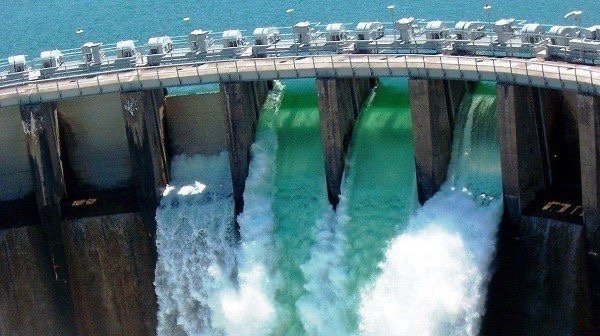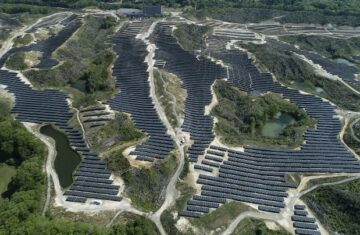Harnessing the Power of Water: The Rise of Hydropower in the United States
Hydropower’s Contribution to the U.S. Energy Landscape
Hydropower, the generation of electricity from the power of moving water, has long been a vital component of the United States’ energy portfolio. According to the U.S. Energy Information Administration (EIA), hydropower accounted for approximately 37% of total U.S. utility-scale electricity generation from renewable sources in 2022, making it the largest source of renewable electricity in the country.
The Hydropower Landscape in the U.S.
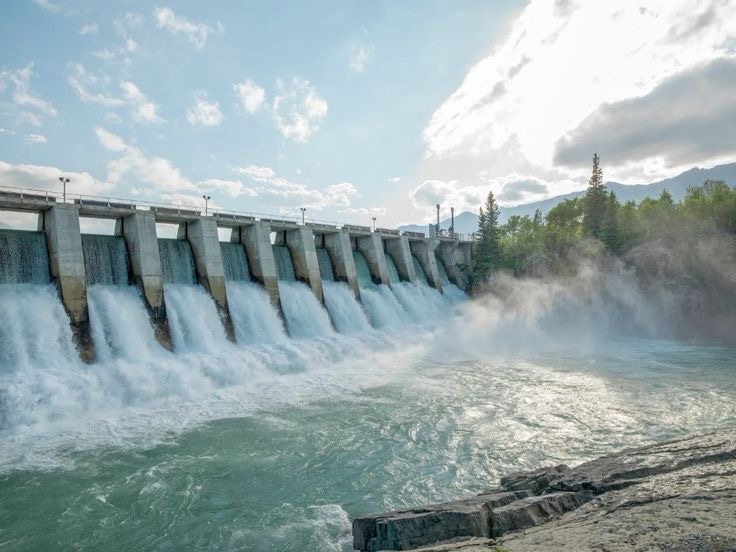
As of 2022, the United States had a total installed hydroelectric capacity of 79.6 gigawatts (GW), with over 2,000 hydropower facilities located across 43 states, according to the U.S. Department of Energy (DOE). The EIA reports that the top five states in terms of hydroelectric capacity are Washington, California, Oregon, New York, and Tennessee, which together account for more than 80% of the nation’s total hydroelectric generation.
Hydropower’s Environmental Benefits
Hydropower is widely regarded as a clean and renewable energy source, as it does not produce any direct greenhouse gas emissions or air pollution during the electricity generation process. The DOE reports that hydropower has prevented the release of approximately 200 million metric tons of carbon dioxide (CO2) annually, which is equivalent to removing 43 million cars from the road.
The History and Evolution of U.S. Hydropower
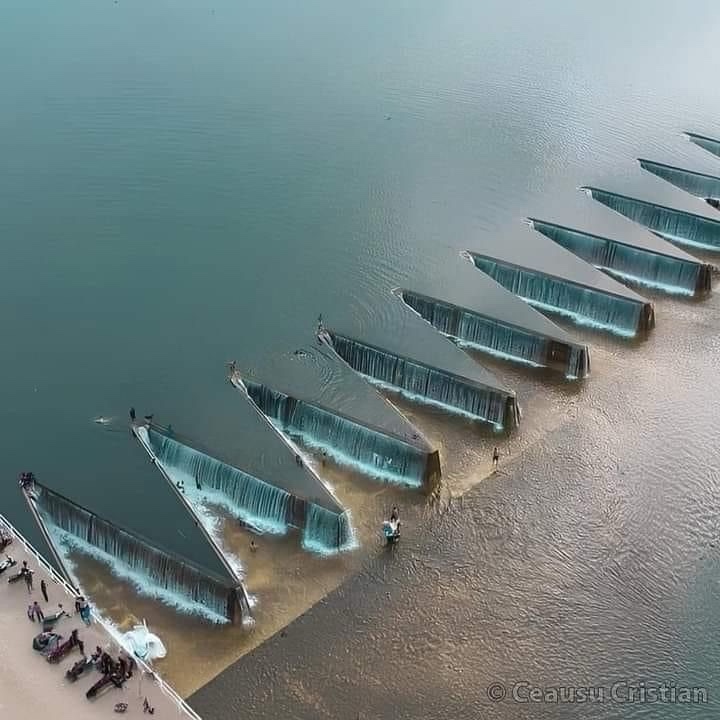
Hydropower has been a part of the American energy landscape for centuries, with the first hydroelectric plant built in the late 19th century. The development of hydropower in the United States has been shaped by various historical events and policy initiatives.
The Early Days of U.S. Hydropower
According to the National Park Service, the first hydroelectric plant in the United States was built in 1882 in Appleton, Wisconsin, providing power for a single factory. Over the next few decades, the hydropower industry grew steadily, with the construction of larger-scale projects, such as the Hoover Dam on the Colorado River, which was completed in 1936 and remains one of the largest hydroelectric facilities in the country, with a capacity of 2,080 MW.
The New Deal and the Expansion of Hydropower
The Great Depression and the New Deal policies of the 1930s played a significant role in the expansion of hydropower in the United States. The Tennessee Valley Authority (TVA), established in 1933, was a key driver of this growth, constructing a network of dams and hydroelectric facilities across the Tennessee Valley region to provide flood control, navigation, and electricity generation.
The Challenges and Opportunities of Modern Hydropower
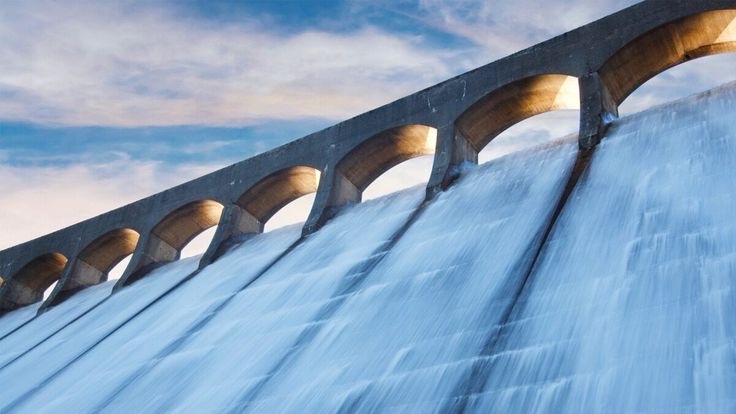
While hydropower has been a reliable and valuable source of electricity for decades, the industry faces both challenges and new opportunities as the energy landscape continues to evolve.
Environmental Concerns and Regulatory Challenges
One of the primary challenges facing the hydropower industry is the environmental impact of dam construction and operation. The DOE acknowledges that hydropower projects can have adverse effects on aquatic ecosystems, fish populations, and local communities. As a result, the industry faces strict environmental regulations and permitting requirements, which can slow the development of new projects, as reported by the Federal Energy Regulatory Commission (FERC).
Modernizing and Upgrading Existing Hydropower Facilities
To address these challenges, the hydropower industry is focusing on modernizing and upgrading existing facilities to improve efficiency, increase capacity, and minimize environmental impacts. The DOE reports that upgrading just 5% of the nation’s existing hydropower fleet could result in an additional 13 GW of generating capacity, enough to power 4.4 million homes.
The Future of Hydropower in the United States

As the United States continues to transition towards a more sustainable energy future, hydropower is poised to play an increasingly important role in the nation’s energy mix.
Innovative Hydropower Technologies
The hydropower industry is constantly exploring new and innovative technologies to enhance the efficiency and capabilities of hydroelectric facilities. These include advanced turbine designs, hydrokinetic technologies that harness the energy of flowing water without the need for dams, and pumped storage hydropower, which uses excess electricity to pump water to a higher elevation for later release and electricity generation, as outlined in the DOE’s Hydropower Vision report.
Policy Initiatives and Funding Opportunities
The federal government has recognized the importance of hydropower and has implemented various policy initiatives and funding opportunities to support the industry. For example, the DOE’s Water Power Technologies Office provides research, development, and demonstration funding for innovative hydropower technologies, while the Hydropower Regulatory Efficiency Act of 2013 aimed to streamline the permitting process for small hydropower projects.
Conclusion
Hydropower has been a cornerstone of the United States’ energy landscape for over a century, and its importance is only expected to grow in the coming years. As the nation continues to seek cleaner, more sustainable energy sources, hydropower’s role in meeting the country’s electricity demands will become increasingly vital. With continued innovation, regulatory support, and a commitment to environmental stewardship, the future of hydropower in the United States looks bright, as evidenced by the data and reports from the EIA, DOE, and other government agencies.
